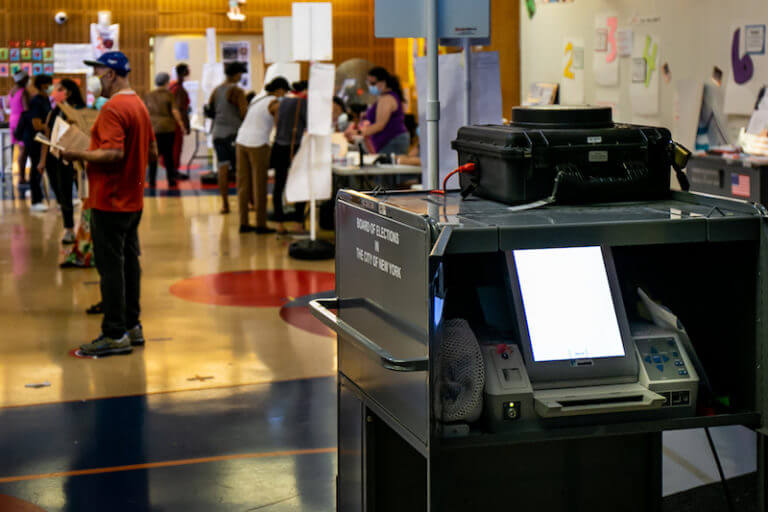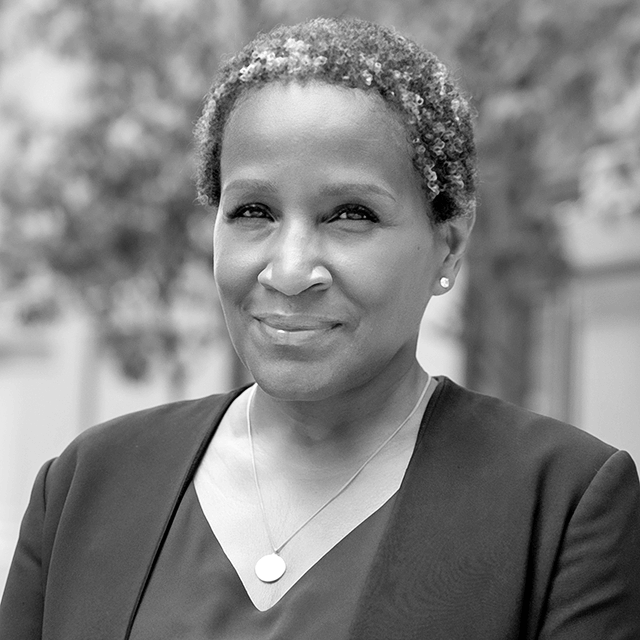December 28, 2020, New York — In an opinion article about ranked choice voting for City Limits, the McSilver Institute’s Chief Operating Officer Rose Pierre-Louis explained why the newly-adopted way of voting in New York City’s primaries and special elections will give voters more choices and enable more equitable representation for Black and brown communities.
Starting next year, New York City voters will cast their votes in a new and more equitable way in primaries and special elections: ranked choice voting, where they can rank up to five candidates in order of preference, or simply vote for just one, just as they always have. This method gives voters more choice, while providing a more equitable path for candidates from Black, brown and low-income communities. New Yorkers agreed, which is why they passed ranked choice voting with nearly 75 percent of the vote last year in a ballot referendum.
Now, a lawsuit filed by several city lawmakers seeks to delay it, claiming that there’s been insufficient education to prepare voters for a citywide ranked choice voting election in June 2021. Opponents say that voter turnout was low for the referendum, and therefore does not represent the true will of the people, with critics claiming further that ranked choice voting disenfranchises communities of color. This despite the fact that voters in majority Black, Latino, and Asian neighborhoods across the city supported ranked choice by overwhelming majorities. The fact is, we do not decide the validity of election results based on the size of the turnout.
Like all New Yorkers, people of color and those in immigrant communities want choices. In other cities, Black candidates have successfully run with ranked choice voting and diversified their city councils. Instead of arguing to delay, we have an opportunity to focus on educating voters about the new process.
Read the rest of Rose Pierre-Louis’ op-ed at City Limits.

